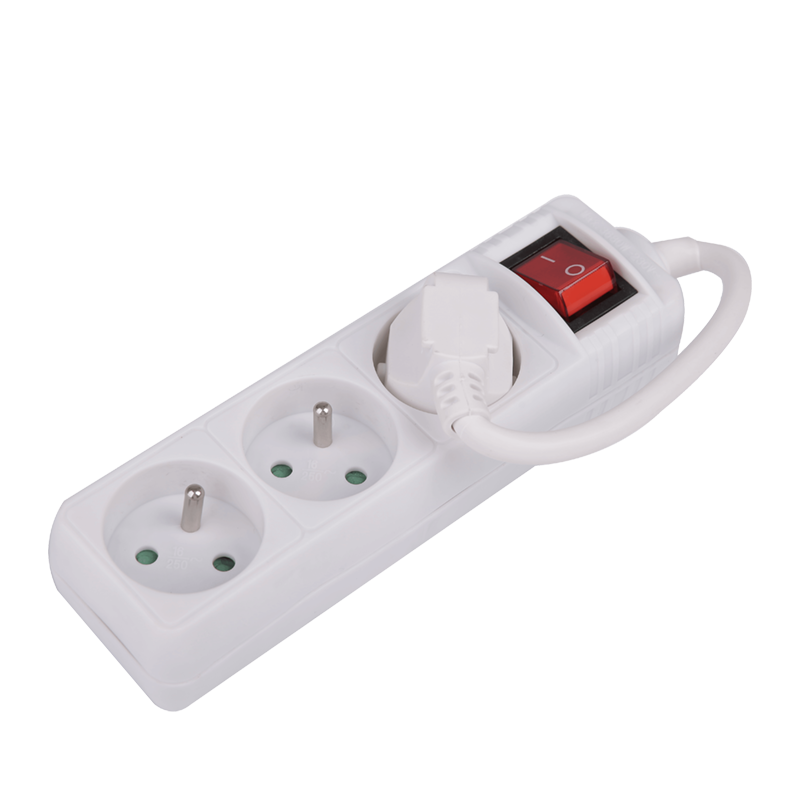Do not overload extension cords or allow them to run through water or snow on the ground.
Do not substitute extension cords for permanent wiring.
Do not run through walls, doorways, ceilings or floors. If a cord is covered, heat cannot escape, which may result in a fire hazard.
Do not use an extension cord for more than one appliance.
A heavy reliance on extension cords is an indication that you have too few outlets to address your needs. Have additional outlets installed where you need them.
Multiple-plug outlets must be plugged directly into mounted electrical receptacles; they cannot be chained together.
Make sure the extension cord or temporary power strip you use is rated for the products to be plugged in, and is marked for either indoor or outdoor use.
The appliance or tool that you are using the cord with will have a wattage rating on it. Match this up with your extension cord, and do not use a cord that has a lower rating.
Never use a cord that feels hot or is damaged in any way. Touching even a single exposed strand can give you an electric shock or burn.
Never use three-prong plugs with outlets that only have two slots for the plug. Do not cut off the ground pin to force a fit. This defeats the purpose of a three-prong plug and could lead to an electrical shock. Never force a plug into an outlet if it doesn’t fit.
Use extension cords with polarized and/or three-prong plugs.
Buy only cords approved by an independent testing laboratory, such as Underwriters Laboratories (UL), ETL-SEMKO (ETL) or Canadian Standards Association (CSA).
Do only use light-load appliances on power strips. This can include computers, lamps, clocks, etc.
Do ensure that you purchase power strips with an internal circuit breaker. This is a very important safety measure that is designed to prevent property loss and risks of fire.
Do use power strips sparingly. They aren’t designed to maintain a load for extended periods of time and can overheat quickly if used too frequently.
Don’t ever plug a power strip into another power strip (colloquially referred to as "daisy chaining"). Doing this is a great way to short out appliances, or drastically increase the risk of an electrical mishap.
Don’t use power strips in moist or potentially moist areas. No kitchens, no utility rooms and definitely no basements.
Don’t continue to use a power strip if it feels hot. That isn’t supposed to happen.
Never cover, staple, tack or nail a power strip to anything. Covering can smother the strip, and provide ample flammable material in the event of failure, and stapling can harm the cords, making room for dangerous situations.


 English
English 简体中文
简体中文 English
English









